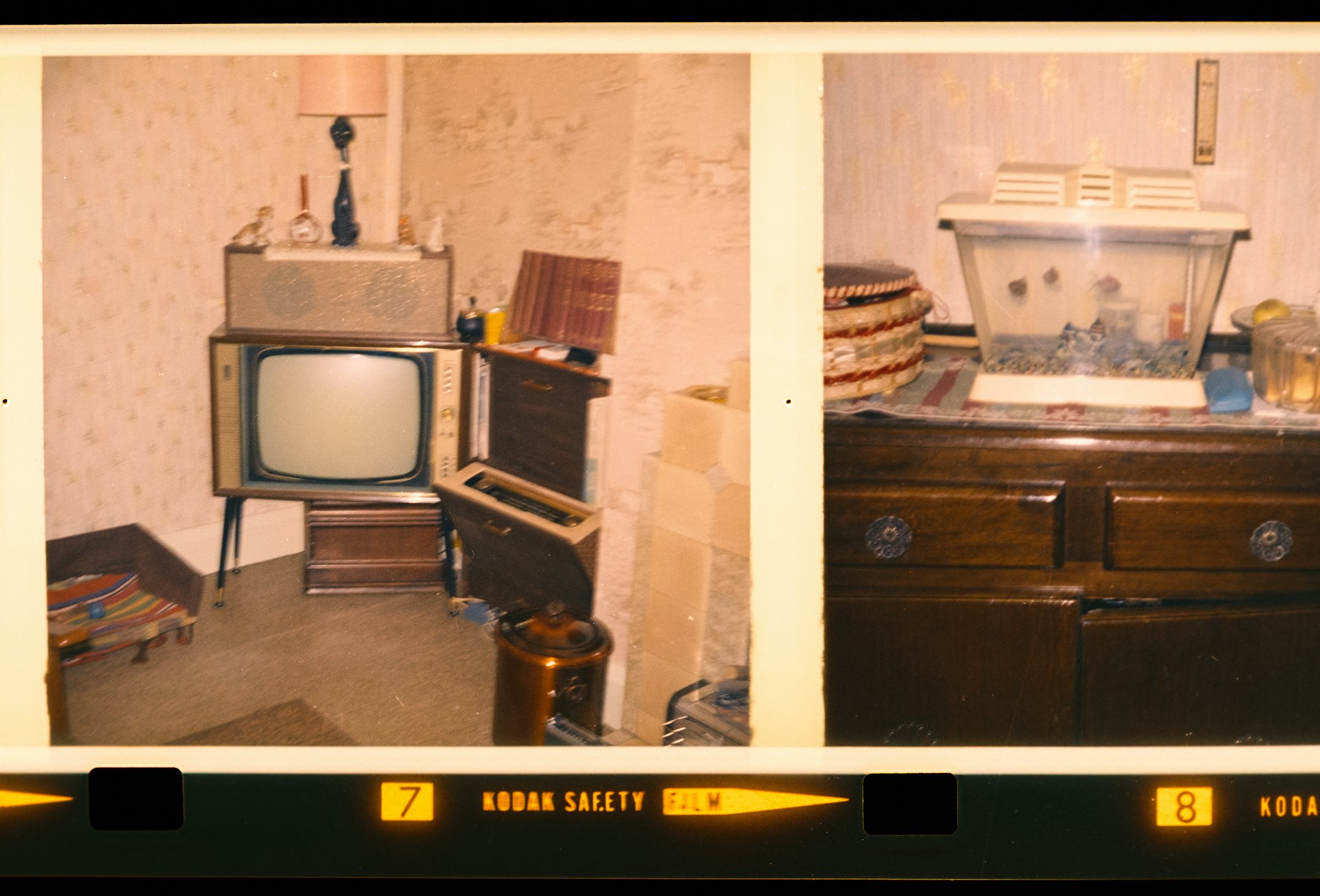Unlocking New Horizons: How Virtual Reality Therapy is Transforming Mental Health Care

Photo by Lucrezia Carnelos on Unsplash
Introduction: The Promise of Immersive Therapy
Virtual reality (VR) therapy is rapidly emerging as a groundbreaking tool in the field of mental health care, offering immersive, interactive experiences that can help address a wide range of psychological challenges. As technology becomes more accessible, individuals and providers alike are exploring how VR can supplement traditional therapies, enhance outcomes, and make mental health support more engaging and effective. This article examines how virtual reality therapy works, the conditions it addresses, evidence of its benefits, practical steps to access this innovation, and considerations for users and practitioners.
What is Virtual Reality Therapy?
Virtual reality therapy utilizes computer-generated environments to simulate real-life or imagined scenarios for therapeutic purposes. Wearing a VR headset, individuals are immersed in carefully designed simulations that allow exposure to anxiety triggers, practice coping strategies, or experience positive and relaxing scenarios in a safe, controlled setting. These experiences are often guided by a qualified mental health professional, either in-person or remotely, ensuring that the intervention is personalized and evidence-based.
Unlike traditional talk therapy, VR therapy engages multiple senses, enhancing immersion and emotional impact. This approach can make it easier for users to confront fears, practice social skills, or develop resilience, all while remaining in a secure environment. VR therapy is used both as a standalone intervention and as an adjunct to established treatments such as cognitive-behavioral therapy (CBT).
Evidence-Based Benefits and Applications
Research demonstrates that VR therapy can be highly effective for a range of mental health conditions. A recent meta-analysis covering over 3,000 adolescents and adults found that VR therapy significantly improved anxiety symptoms compared to conventional interventions, with a standardized mean difference of -0.95, indicating a strong positive effect [1] . These findings are echoed by other reviews, which document beneficial outcomes for anxiety disorders, depression, post-traumatic stress disorder (PTSD), psychosis, and stress [2] [3] .

Photo by Javier Peñas on Unsplash
Key applications of VR therapy include:
- Anxiety Disorders: VR-based exposure therapy allows individuals to confront and manage phobias, social anxiety, and panic symptoms in virtual settings, which can be adjusted in real-time to suit individual needs [1] .
- Depression: Simulated environments can be used to practice positive activities, relaxation, and cognitive restructuring, supporting symptom reduction and improved mood [3] .
- PTSD: VR exposure can help survivors gradually re-experience traumatic events in a controlled, therapeutic context, fostering desensitization and adaptive coping [2] .
- Psychosis: VR scenarios can target paranoia, delusions, and social withdrawal by providing opportunities for safe behavioral experimentation and positive self-belief reinforcement [4] .
- Stress Management: Immersive relaxation experiences, mindfulness training, and simulated positive environments offer rapid stress reduction and skill-building [2] .
While studies consistently show VR therapy’s promise for symptom reduction, some researchers note that improvements in positive functioning (such as well-being and self-esteem) can vary, particularly among clinical populations [2] .
How Virtual Reality Therapy Works in Practice
Most VR therapy programs are delivered in collaboration with a mental health professional who selects or customizes scenarios to address specific therapeutic goals. Sessions may take place in clinics, hospitals, or even at home if users have access to compatible VR hardware and software. For example, programs like “Phoenix” have enabled individuals with psychosis to practice social skills and build self-esteem by tending virtual gardens or engaging in public speaking within a safe, controlled environment [4] .
Typical steps in accessing VR therapy:
- Consult a Mental Health Professional: Start by discussing VR therapy options with your current therapist or psychiatrist, as they may offer or refer you to VR-based interventions.
- Research Local Providers: Search for clinics, hospitals, or university programs in your area that offer VR therapy. Use search terms like “virtual reality therapy clinic near me” or “VR therapy for anxiety” to identify options.
- Evaluate Equipment Needs: Some VR therapy programs require access to specific hardware (e.g., Oculus Quest, HTC Vive). Ask the provider if equipment is supplied or if you need to purchase or rent a headset for home-based sessions.
- Understand the Process: Providers will typically conduct an assessment, recommend a treatment plan, and guide you through sessions, adjusting scenarios and difficulty as needed.
- Monitor Progress: Regular feedback and outcome measures are used to track improvement and refine the approach.
If you are unable to find a provider through an online search, consider contacting a local university psychology department or hospital for referrals to research or pilot programs.
Challenges, Limitations, and Solutions
While VR therapy is gaining traction, it faces several practical and clinical challenges. The technology can be costly, and not all regions have providers who are trained in VR-based interventions. Some users may experience discomfort such as motion sickness, known as “cybersickness,” during immersive sessions [5] . Additionally, the quality and durability of current research varies, with a need for more large-scale, high-quality studies to validate long-term effectiveness [1] .
Potential solutions include:
- Seeking out clinics or research centers equipped with VR technology, as these often offer reduced-cost or no-cost sessions as part of ongoing studies.
- Gradually increasing session duration and complexity to minimize cybersickness and build confidence.
- Staying informed about new developments, as hardware prices are decreasing and more providers are being trained in VR therapy.
- If VR therapy is not accessible, exploring traditional exposure therapy or teletherapy alternatives, which can offer similar benefits for certain conditions.
How to Access Virtual Reality Therapy Services
Availability of VR therapy varies by location and provider. To get started, you can:
- Contact your current mental health provider to ask if they offer or can refer you to VR therapy services.
- Search for “virtual reality therapy programs” or “VR mental health clinics” in your area, or use online directories from reputable mental health organizations.
- If you’re interested in participating in research, visit university hospital websites or search clinical trial registries for ongoing VR mental health studies.
- For self-guided VR wellness experiences, explore well-known VR app stores (such as Meta Quest Store or SteamVR) for relaxation and mindfulness applications, but consult with a mental health professional before using these for therapeutic purposes.
- If you are unsure where to start, you can contact national organizations such as the National Alliance on Mental Illness (NAMI) or the American Psychological Association for guidance on finding VR therapy resources.
Note: At present, there is no single nationwide directory of VR therapy providers. Always verify the credentials of any clinic or practitioner before beginning treatment.
Future Directions and Key Takeaways
Virtual reality therapy is transforming mental health care by offering innovative, immersive experiences that supplement and, in some cases, enhance traditional treatments. While access and research are still evolving, VR therapy holds great promise for managing anxiety, depression, PTSD, and other conditions, especially when used in conjunction with professional guidance. As technology advances, it is likely that VR therapy will become more widely available, affordable, and effective, opening new horizons for individuals seeking practical, engaging solutions for mental health challenges.
References
- [1] Frontiers in Psychiatry (2025). Effectiveness of virtual reality therapy in the treatment of anxiety disorders in adolescents and adults: a systematic review and meta-analysis.
- [2] JMIR Mental Health (2023). The Use of Virtual Reality Interventions to Promote Positive Mental Health: Systematic Review.
- [3] Frontiers in Psychiatry (2024). Evaluating virtual reality technology in psychotherapy.
- [4] Nature (2024). How virtual reality therapy is shaping mental health.
- [5] Frontiers in Psychiatry (2020). Virtual reality as a clinical tool in mental health research and practice.
MORE FROM hotondeals.com













